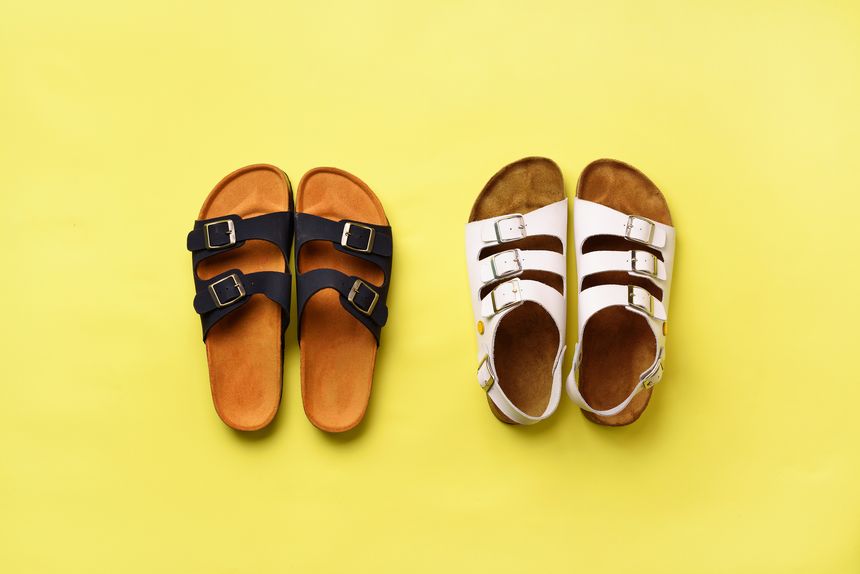Recent rulings in the Netherlands and Germany on Birkenstock’s sandal designs highlight a growing fragmentation across Europe in assessing whether fashion and footwear designs qualify for copyright protection. This divergence can create challenges for brands seeking consistent enforcement strategies to protect their IP.
A fork in the footpath
The Dutch court’s decision of 13 November 2025 recognising Birkenstock’s Arizona, Madrid and Florida sandals as copyright works reflects the EU’s traditionally designer-friendly stance, consistent with Cofemel (C‑683/17) and Brompton (C‑833/18). This decision directly contrasts with the German Federal Court’s February 2025 judgement which suggested a stricter threshold of artistic originality, particularly where functional considerations dominate (see further: BGH's Birkenstock ruling indicative of raised EU copyright standards?).
The German Federal Court concluded that the sandals’ design features (including the footbed shape, straps and buckles) were predominantly dictated by technical, ergonomic and orthopaedic requirements, meaning any artistic expression was insufficient for copyright protection to apply. Conversely, the Dutch court noted the shape of the footbed (including heel recess, raised inner section and toe grip) and strap design as features reflecting Karl Birkenstock’s original character and creative choices, granting the designs copyright protection.
What does this mean for brands?
Cross-border IP strategies are becoming more complex and uncertain as national courts diverge on originality standards. The pending CJEU decisions in Mio (C‑580/23) and Konektra (C‑795/23) (expected on 4 December 2025) may provide some clarity, but harmonisation is not guaranteed.
In the UK…
Post-Brexit, retained EU law no longer has supremacy meaning UK courts are no longer bound by CJEU rulings.
Copyright protection for works of applied art is even narrower: works must fall within the Copyright, Designs and Patents Act 1988’s closed list, typically as “works of artistic craftsmanship.” English courts continue to grapple with what that means beyond requiring “some artistic quality” (Hensher [1976] AC 64 and Bonz [1994] 3 NZLR 216). This uncertainty mirrors the EU debate, but with a different bar for protection.
Looking ahead
Brands and IP practitioners should monitor the upcoming CJEU rulings, which could reshape EU standards (and influence UK courts, should they choose to follow in their footsteps…).
In the meantime, brands should not assume uniform protection across jurisdictions and instead tailor IP strategies for each market. This includes documenting creative choices behind each design element to strengthen copyright claims.

/Passle/611cdc4cfac91e0bc434389f/SearchServiceImages/2025-12-15-10-12-44-692-693fdf1c6b04b88e2d885e53.jpg)
/Passle/611cdc4cfac91e0bc434389f/SearchServiceImages/2025-12-12-11-23-59-154-693bfb4f2b19bceb0b2065bb.jpg)
/Passle/611cdc4cfac91e0bc434389f/SearchServiceImages/2025-12-11-15-49-55-715-693ae82383358cbce803b908.jpg)